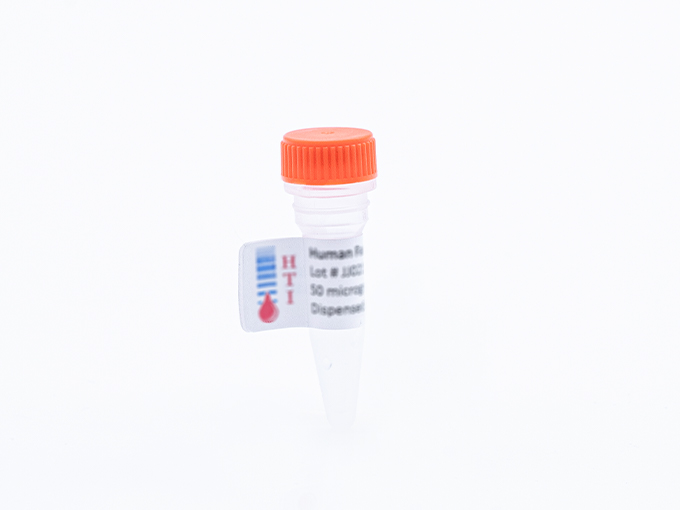Description
Thrombin Activatable Fibrinolysis Inhibitor (TAFI, Plasma pro-carboxypeptidase B, carboxypeptidase U) is a single chain glycoprotein zymogen (Mr = 60,000) synthesized in the liver and circulating at a plasma concentration of 50 nM (1-4). Thrombin ( plasmin, trypsin) cleavage of the zymogen releases a 92 amino acid N-terminal activation peptide containing 4 N-linked glycosylation sites (N22, N51, N63, N86) and the proposed plasminogen recognition site. The rate of thrombin catalyzed activation of TAFI is increased 1250 fold by formation of a ternary complex with thrombomodulin (5). The 309 amino acid C-terminal (Mr = 35,783) catalytic domain (TAFIa, pCPB) displays the properties of a basic carboxypeptidase, hydrolyzing lysine and arginine from the C-terminal position of polypeptides. This portion of the molecule is homologous to tissue carboxypeptidase B and contains 7 conserved cystine residues (64,77,136,151, 160,165,291), the active site Zn2+ coordination site (H67, E69, H196) and the basic Cterminal amino acid substrate binding pocket (D257, G244, S207). TAFI is proposed to play a key role in the interaction between procoagulant, anticoagulant and fibrinolytic systems (5-9). Effective fibrinolysis results from the formation of a ternary complex between tPA, plasminogen and C-terminal lysine residues on fibrin. Plasminogen bound to fibrin is more effectively converted to plasmin, thereby localizing the lytic activity to the area of the clot. Plasmin degradation of fibrin generates additional C-terminal lysine residues thereby amplifying the system locally. The ability of TAFI to bind specifically to plasminogen and to cleave C-terminal lysines on fibrin (and cell surfaces) results in down-regulation of fibrinolysis by reducing the number of plasminogen and tPA binding sites on fibrin. The activation of TAFI by the thrombin/thrombomodulin complex couples both the phenomenon of coagulation induced inhibition of fibrinolysis and the profibrinolytic effect of activated protein C. TAFI is prepared from fresh frozen human plasma by a modification of the method of Bajzar, et. al. (10), and supplied in HBS for storage at -80°C. Activity is determined measuring the rate of hydrolysis of hipuryl-L-Arg following activation with the thrombin/ thrombomodulin complex (11).
SUPPLIER:
Prolytix
STATUS:
In Stock
SIZE:
50 µg
-


